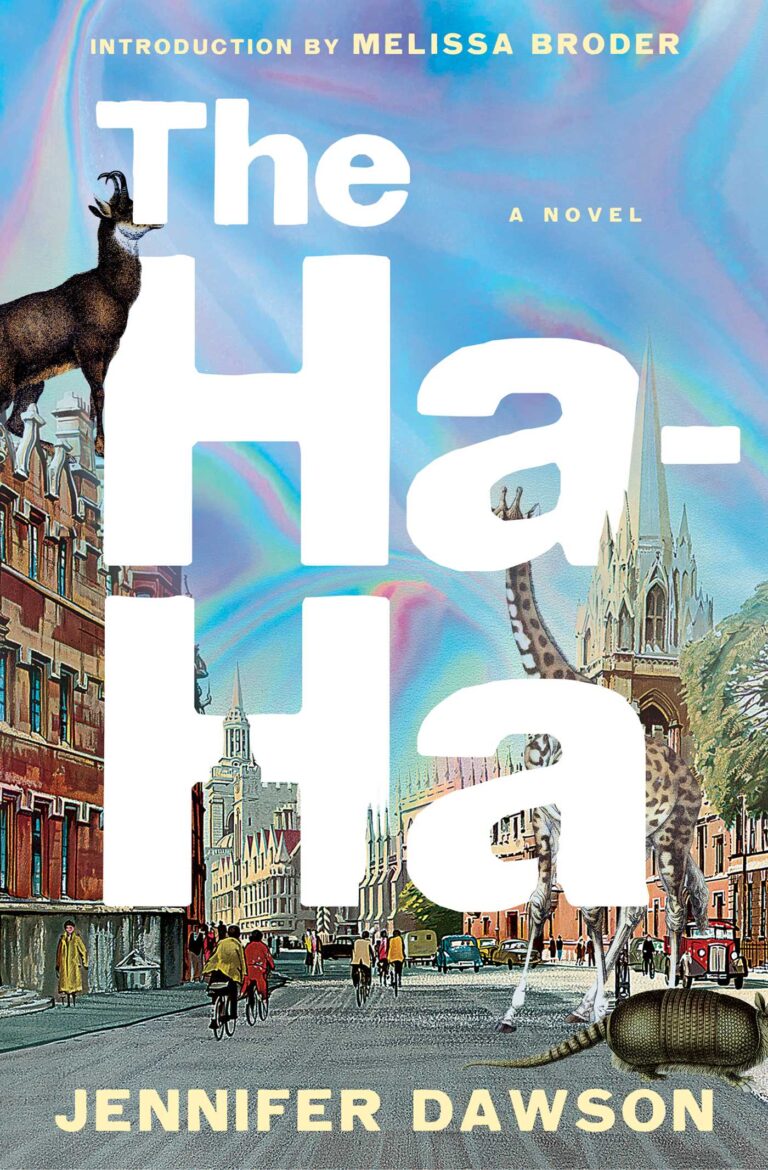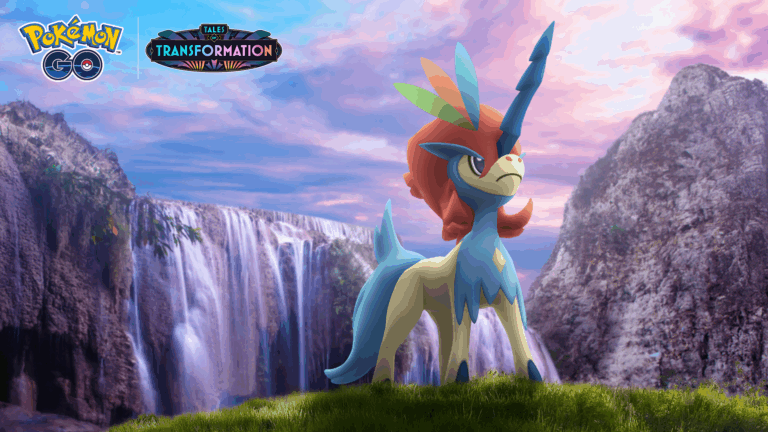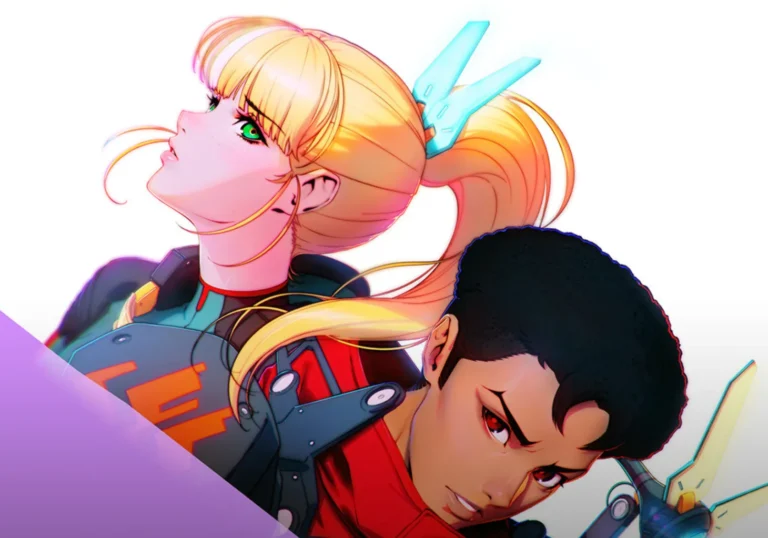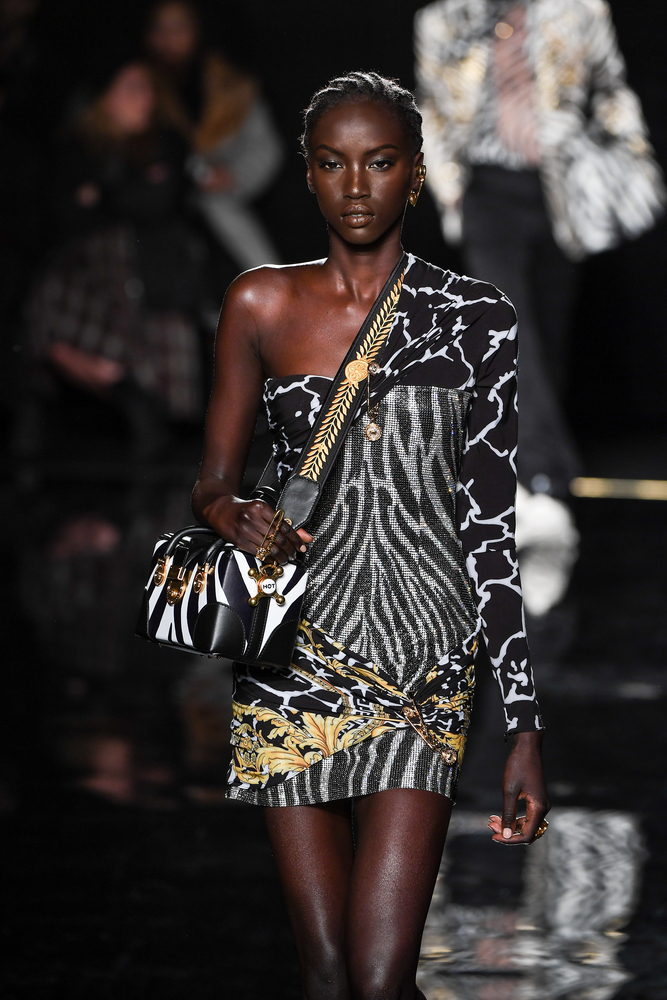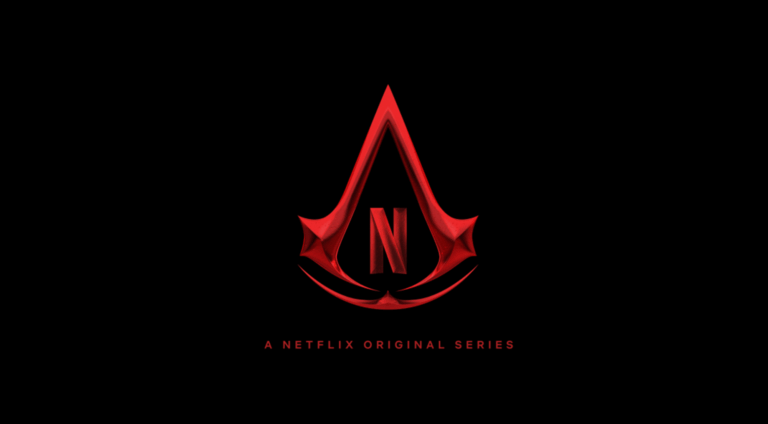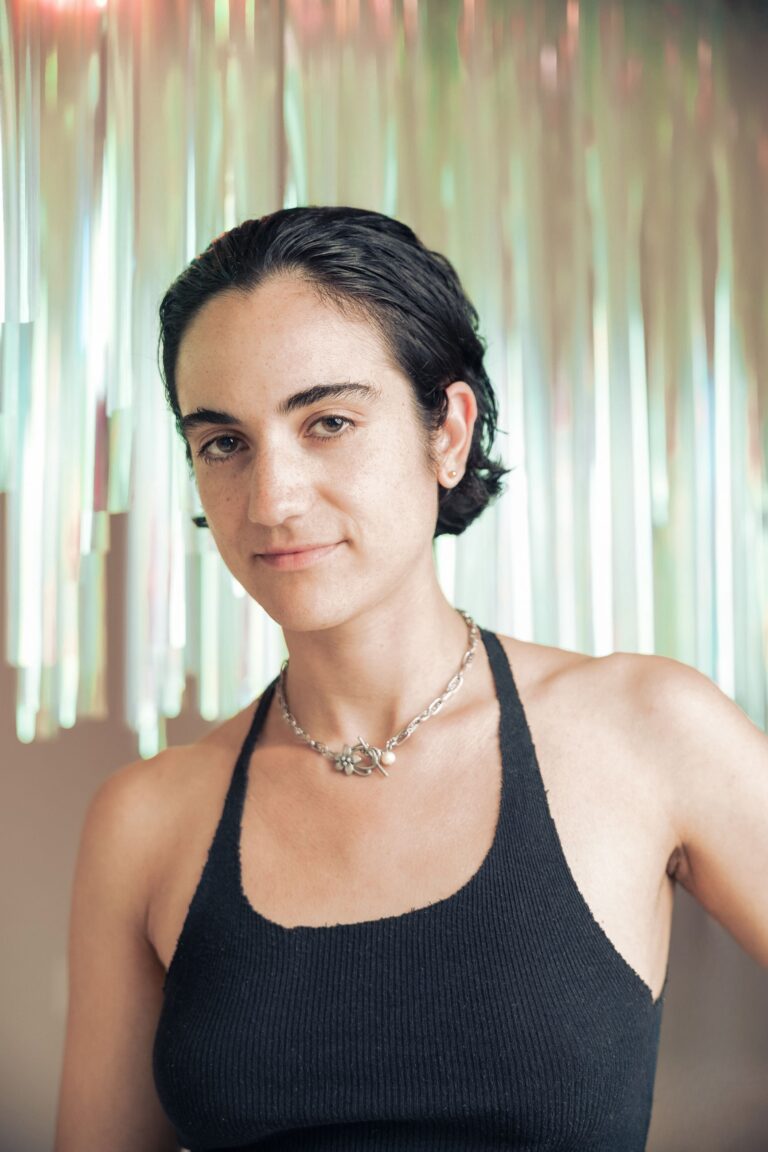Alex Moreno‘s work explores emotional processes through surrealism, visceral interiority, and synesthetic play. Sticky Time (Sunflower Station Press) is her debut poetry book. You can also find her writing in Spectra Poets, Lit Angels, and Dream Boy Book Club, amongst others. She earned a BA in Literature and Creative Writing from Bowdoin College, and is an incoming MFA candidate at Bennington College. Find everything collected on her website: alexalexherehere.com.
Our Culture spoke with Alex about eternalism, the absurdity of the body, and finding play in chaos – exploring the philosophies and experiences behind Sticky Time.
You appear to be quite fascinated with eternalism: the idea that the past, the present and the future are all equally real, existing simultaneously. When did you first encounter this concept, and does it comfort or unsettle you
Eternalism is a fun one. I think with all of these philosophical concepts, I’m fascinated by seeing how they land in my unconscious, and what art and writing comes out of them. I’m not a diehard eternalist who thinks, this is exactly what time is. But I think it’s just so interesting to read about these concepts and use them in my poetry. I came to it a couple of months into writing this collection.
I was spending a lot of time at this place called the Philosophical Research Society, which is an intellectual campus in Los Angeles. They have an incredible library. They have lots of programming, and the history is fascinating. It was founded by this Hollywood mystic and he travelled all around the world and wrote this book… He’s a very storied man. I was going there a lot because their library collection has all these books about philosophy, mysticism, the occult, parapsychology – basically any of the fringe sciences and philosophical reachings that you can imagine.
I was reading a lot of Western and Eastern philosophy, Sufi poetry – a lot of that. I came to the concept from a merging of both of those, just being surrounded by that kind of energy. I realised that this concept has been in my unconscious, but now it was being given language. I started taking that into account and playing with that. A lot of my writing is about play, so I love manipulating time – turning it into something tangible that I can look at and explore, with all the psychic implications of eternalism. I think that’s awesome. Also, I’ve experienced the rays of that, in some way or another. The comfort of it is that it’s a deterministic, fatalistic world. I hold the belief that life is about choice and fate, braided together. I think it’s both comforting and unsettling. When you’re in those moments where you’re maybe experiencing déjà vu, or a feel like you’ve been here before, those moments can be unsettling – but I think ultimately, they’re just fascinating.
Your poems move between clinical language – systems, biological terminology, medical interventions – and heavily sensory descriptions like chewing bottle caps or swallowing fingers. Do you think about your body differently when you’re writing versus when you’re just living in it?
Yes, for sure. When I was writing this collection, especially the beginning, I was having a somatic freak-out. I had an extremely intense eczema flare that lasted the longest it’s ever lasted, and I felt very alienated from my body. It was all over my fingers, and having to stare at that every day made me face this grotesque side of the body. I became so fixated on fixing that. I was outsourcing to all these different natural ways to heal and I thought, I’ll be the one who solves eczema, which… That was never going to happen.
But I became hyper-fixated on the body and its systems. It became this thing that was at once a part of me and also something I felt very far from – and betrayed by. I’d take extremely zoomed-in photos of my skin and pop them up and distort the contrast and make them extremely sharp. I would look at my cracked and oozing and bubbling skin and think, oh my god, that is my body – what is happening?
It became this surreal, absurd object that I was looking at and I was like, everything is absurd. Everything about the body is absurd! That then translated into the surreal language that I use across the collection with the visceral words and biological terminology and turning that on its head. That became a kind of coping mechanism. I thought, this is me taking back control. I can make this mine, and make it even more absurd than what I’m experiencing in reality through my poetry. That was fun and that was empowering.
I feel really grateful that now, a couple of years later, my skin is calm and I have reached a place where I’m not picking and dissecting and having to make something of this grotesque experience.
You mention that you felt alienated and betrayed by your body. But at the same time, the empowerment also really shines through the poems, with plenty of moments of genuine acceptance or self-love. Was that something that occurred simultaneously?
Yeah, definitely. I think it’s this balance. In some moments I thought, why is this happening, and in others, I’d understand that actually, I’m okay. I can still get up and live my life – and that’s okay.
Throughout the collection, there is this movement towards calm and full acceptance, and that’s definitely what I wanted to capture. I also think that “self-love”, and this loving attitude towards my person, is something I’ve developed over many years. In difficult moments – with body stuff and emotional hardship – that is such an amazing thing to fall back on. To have something bigger than the difficulties is extremely helpful, always.
You write “LIFE WOULD BE BETTER WITHOUT INTERNET” but the collection is also soaked in digital consciousness, from posting habits to astrology apps. How do you think about making poetry in this moment when so much of our lives are mediated through screens?
Here, especially, I think I needed to include the internet stuff because I was really grappling and struggling with my own screen time. I wish I didn’t have to use any technology in my life, and that poem you mention was actually inspired by a crazy solar flare that happened around two years ago.
It’s basically when a rogue ray from the sun comes through our atmosphere and affects our systems, and if it’s really strong, everything can go dark, but that day it only impacted my little neighbourhood. All the Wi-Fi went out and nothing was working. The grid was down. My roommate and I woke up and we were like, oh my god, there’s no internet, this is crazy! We didn’t have GPS. We walked to the closest coffee shop and they were completely down. And I just had this fantasy of what it would be like to never have internet again. It would be crazy and it would be beautiful – of course, the whole world would have to start over and the economy would crash and we wouldn’t know how to get anywhere – but it was this beautiful fantasy.
Also, in that poem, there’s a lot of frustration. I have issues with social media. I get very affected by it, and at that moment I was getting obsessed with someone and becoming hyperfixated on her internet presence. I noticed I was spinning myself into a semi-manic episode, and that’s not okay. So that poem is also in response to being crazed and having absurd experiences on the internet that should not be normal but very much are. A lot of the poetry is in response to that kind of experience, but I think just making poetry in general is a really good way to offset doomscrolling.
It’s like an antidote.
Yeah, exactly. And it makes me happy because I feel like the more society and culture goes into this extreme of “everything is digital, everything is online, everything is social media”, I find more and more people rebelling against that, saying we’ve gone too far and that we need to offset that side of the spectrum by limiting our screen time, getting outside more, creating community, and reading books. I think that’s a good moment to be in in terms of writing poetry.
There are these really tender moments in the collection – “I’ll run the bath and sing to me,/ somewhere, you already are,” for example. How does eternalism affect how you think about love or connection?
I think using that as a lens is really beautiful. It can go both ways. In that poem, “Loose time,” it’s verging on longing – yearning for a connection that the speaker hasn’t had yet. If we’re looking at that through the lens of eternalism, it’s a longing for something that does exist in the future but you can’t access yet. It sort of is comforting – it’s not I don’t have this; I’m never gonna have this, woe is me… It becomes: I’m feeling this way because I’m missing my love and I’m missing the future. I think that’s beautiful.
Eternalism can also apply when you’re meeting someone and you instantly feel a connection, questioning if you’ve met this person before. It can be this feeling of… Oh my god, we have so much future. You can feel all these layers of connection that might not make sense in the moment, because you haven’t experienced them, but then fast forward six months and you’re in love with this person and you realise it makes sense why you were feeling that. There was already this future that you were feeling the first outer ripple of, and you’re moving closer to the center. I think that’s really cool.
That also applies to moments like walking into a home you’re about to move into and feeling, this is exactly where I’m supposed to be, or when a couple walks into a home where they’re going to have kids in a few years and can already picture them running around… That can be a way of tapping into the future. Maybe it’s just visualisation, but I think it’s more fun to play with time in that way and make it more exciting.
It also makes memories and past relationships nicer, because I can appreciate that me of the past, the one that was so happy in that relationship, that friendship, that place… She still exists and she can still be happy in that moment in the past. And that’s independent of whether that relationship ended or whether something went sour. There’s something really beautiful in understanding that 18-year-old me was so happy, and just because it ended doesn’t take away from the meaning and what was happening at that moment in time.
How do you approach writing about others in your poems? They seem deliberately hard to pin down, shifting, between states. Was that something you were consciously working toward?
Yeah, a lot of the poems are collages of experiences and people and places. I think it is intentional, that scattering. There are two poems in the whole collection that are about one person the whole time. That did feel deliberate.
This isn’t really a collection about people or someone or a relationship – this is a collection about… Everything! I think what the collection is about is hard to pin down, and because of that, the characters are scattered. That also makes for a more enjoyable self-projecting reading experience, because by making these silhouettes of people, that invites the reader more to think about whatever they need to think about, whatever person that they want to be working through feelings with. I think it makes it more accessible and fun.
I definitely noticed that effect. I love your poem “SPUN FLIES,” especially the line “HOW DO YOU KEEP FORGETTING MUSIC IS THE SAVE?”. I actually wrote something similar in a letter to my future self ahead of the darker months, reminding myself what makes me happy. What music has been saving you lately?
It’s so important! You have to remind yourself of the things that make you happy because it’s so easy to forget. Music is definitely one of those things for me – as is dancing. I really love electronic music and I love dance-y, wobbly electronic music. Flume is my favourite, and he just came out with a new album that’s very wobbly. Him and Mindchatter, who is another awesome artist that just came out with a new EP. Both of them abstract sounds and create new sounds and it’s very future-soundy. I’m someone who needs to be shocked alive with music, so that type of music really gets my synapses firing. Having the interesting sounds and weird notes and distorted chords… That gets me saved, because it reminds me I’m alive and that there’s weird stuff out there. That’s fun.
Do you get inspired to write poetry while listening to music?
Definitely. Especially with that type of music – I’m reminded that I can play with anything and I can warp it in whatever way that I want. I have a playlist called Hyperrepeat with six songs. They’re more melodic house, and they’ve grooved out a channel in my brain that’s the writing channel. I can flow well through it. It’s all pretty nonlyrical and they all have big swells of distorted electronic stuff.
If someone reads this collection and takes away one feeling or idea, what would you like that to be?
I think it’s a feeling of play, and of hope. Hope is the earnest, sincere side; play is the fun, experimental side. I think those things are concurrent – they feel the same to me.
The collection does move from a place of being really emotionally and physically scattered to a place where the speaker has calmed and collected herself. She’s okay at the end. That’s a message that is very important, that even in the crazy, absurd, maybe even scary moments, you can maintain hope. There is this movement that can happen towards a brighter place.
I think that goes hand in hand with finding this sense of play and levity, and acceptance that things are absurd, but maybe we can show the meaning in absurdity. That’s a lot of what the early surrealists were doing in response to the absurdity of the world – they were making absurd art. I think that’s delightful. It makes you think and expands your perspective. You can move through the “sticky times”. That’s the message I want to get across.
